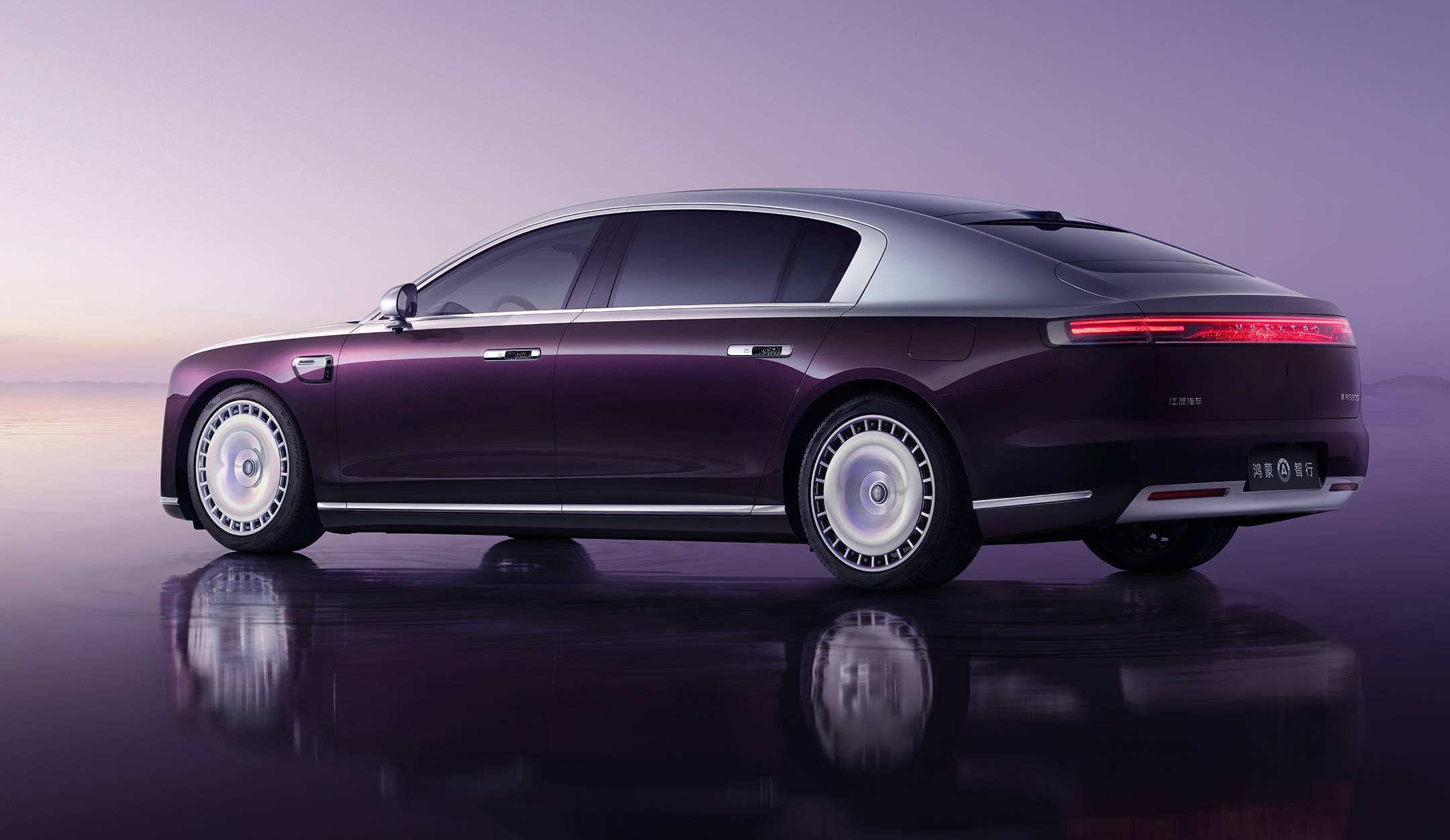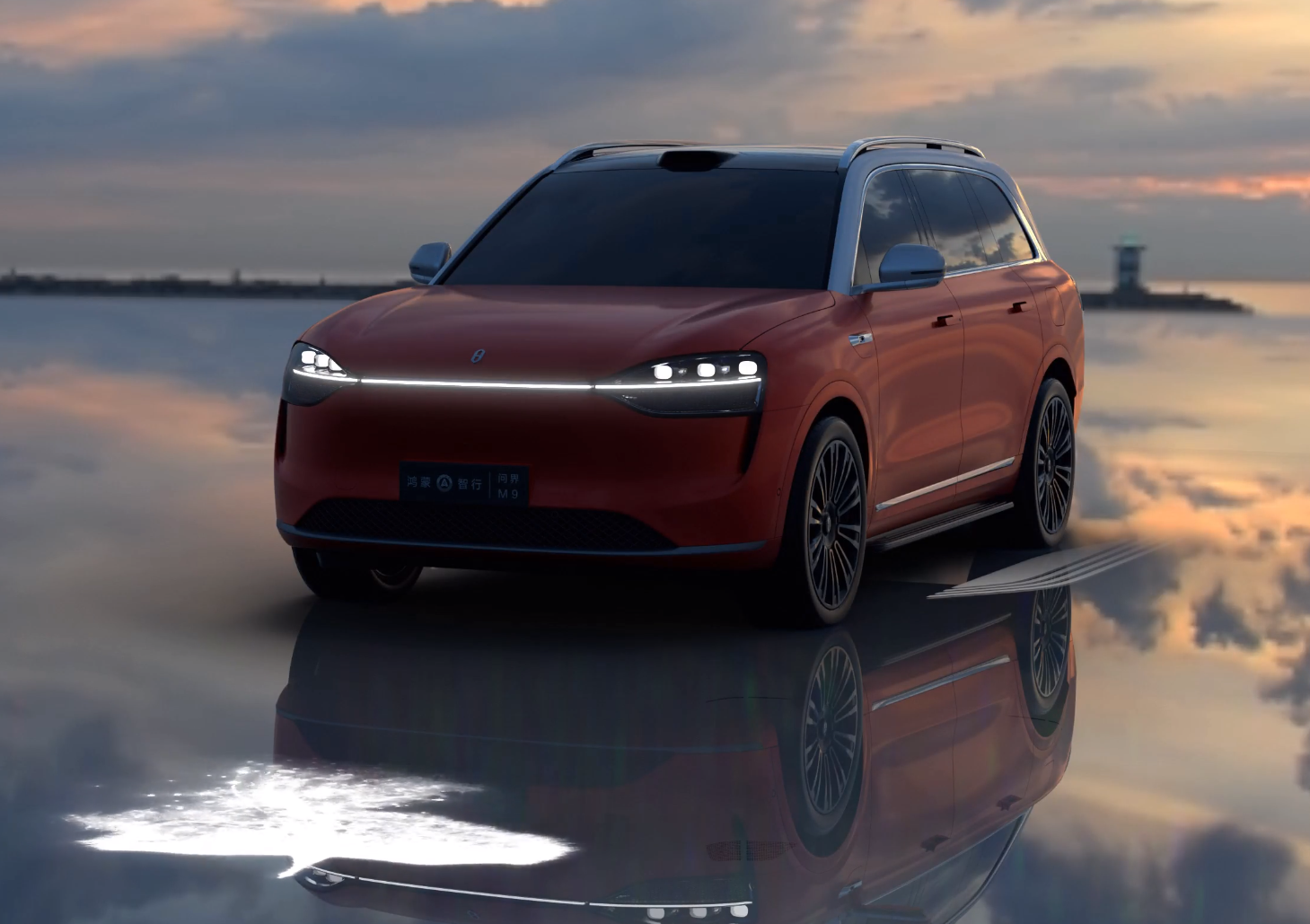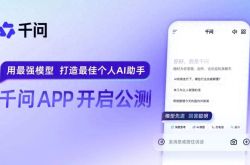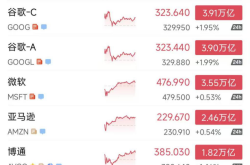Simultaneously Launching Five New Models! Zunjie Initiates a Corps-Style Operation Mode, Hinting at Two Potential Risks?
![]() 11/27 2025
11/27 2025
![]() 471
471
The essence of Chinese-style luxury has crystallized.
Initially, I perceived the strategy of 'having more children to fight better' as a tactic (tào lù, a set pattern or routine) employed by mainstream brands to engage in fierce internal competition. Surprisingly, ultra-luxury brands have also adopted this approach.
According to '36Kr Auto', the Zunjie brand is set to introduce SUV and MPV models next year, with both vehicles available in standard and long-wheelbase variants. Additionally, the Zunjie S800 will introduce a high-end custom (bespoke) version.
Including the current Zunjie S800, Zunjie's product lineup will expand to three series and six models next year.
The report further highlights that the planned SUVs and MPVs will be positioned slightly below the Zunjie S800, yet still target the high-end market.

Image Source: Dianchetong Photography
Based on the aforementioned information, we can identify three key trends:
Completion of a three-category layout. With full coverage of sedans, SUVs, and MPVs, Zunjie is steadily establishing its position in the core track (sài dào, competitive arena) of the ultra-luxury market.
Price reduction to break barriers. The Zunjie S800 is priced between 708,000 and 1,018,000 yuan. The two new models will be positioned lower than the S800, pulling their price thresholds below 700,000 yuan. Ultra-luxury brands are actively breaking through their own pricing barriers.
Raising the ceiling once again. The introduction of the Zunjie S800 high-end custom version further pushes the price limit upward, forming a three-dimensional product offensive that 'covers downward and breaks through upward'.
This news has stirred up the automotive circle: Has the luxury market above the 500,000-yuan threshold become so competitive that automakers must expand their product lineups at a frantic pace (fēng kuáng, desperately)?
It's crucial to note that traditional luxury brands like Maybach, Bentley, and Rolls-Royce have primarily focused on sedans and SUVs over the years, occasionally launching concept cars to test the waters in the sports car market. In contrast, Zunjie is embarking on a full-category expansion within a few years.
Ultra-luxury brands essentially operate on 'influence-based business', and 'intensive new product launches' do not necessarily guarantee success. Zunjie's ambitious plan to attack the market with six models next year, in Dianchetong's view, carries both the ambition to reshape the ultra-luxury market landscape and the practical test of whether the brand can sustain full-line premiums.
Zunjie Accelerates Expansion, Backed by Technology, Production Capacity, and Funding
Zunjie's 'aggressive' strategy of launching five new models within a year is not based on blind confidence; it is supported by the solid market foundation laid by its first model, the S800.
Priced at 708,000 yuan and up, the Zunjie S800 has received over 18,000 firm orders within 175 days of its launch, with 1,970 units delivered in October alone. This surpasses the sales of the NIO ET9 at the same price point by more than tenfold, outperforming traditional luxury models like the Maybach S-Class and Porsche Panamera in monthly sales.
The Zunjie S800 has laid a solid 'trust foundation' for the brand's subsequent product launches with its impressive sales performance.

Image Source: Dianchetong Photography
However, some have raised doubts, arguing that the Zunjie S800's success is simply due to its 'lower price'. If price were the sole factor, how can we explain the lackluster market response to the NIO ET9 at the same price point?
In Dianchetong's view, the success of the Zunjie S800 cannot be attributed solely to its price. Instead, it lies in its genuine understanding of the 'core pain points' and 'hidden needs' of ultra-luxury users:
A dual powertrain strategy (extended-range/pure electric) addresses user range anxiety; the Tuling Longxing platform enables millisecond-level decision response speeds; and Huawei's full-stack technologies, including Qiankun Intelligent Driving, intelligent cockpit, and Galaxy Communication, build a protective barrier with the 'Angel Seat' active safety system...
These cutting-edge technologies have formed a technological moat that other luxury brands will find difficult to surmount in the short term.
Traditionally, brand recognition was almost the sole passport to the luxury market. Today, as user demands quietly evolve, technological experiences are gradually reshaping traditional perceptions.
With smartphones and tablets becoming 'extensions of the human body', the car, as the 'second living space', has seen its intelligence level become a key factor in purchasing decisions. As Zhou Hongyi said, 'Selling my Maybach S600 was to experience the next generation of luxury cars.' Behind these words lies a strong desire from high-end users for technological configurations and a redefinition of luxury. Traditional luxury brands are more susceptible to market shocks from new energy brands.

Image Source: Dianchetong Photography
With Zunjie's breakthrough into the high-end market, JAC Motors has successfully reversed its revenue decline over the past five consecutive quarters, achieving double-digit growth in revenue and gross profit margin in the third quarter. This trend of stabilization and recovery undoubtedly provides a solid financial foundation for sustained R&D investment in subsequent products.
More notably, although Zunjie currently has only one sedan model, the S800, on sale, according to official information previously released, the Tuling Longxing platform used to develop the S800 is highly scalable. It can accommodate dual-motor to quad-motor layouts, with a wide range of adjustability in power, torque, and load-bearing capacity, covering various body styles such as sedans, SUVs, and MPVs.
This means that Zunjie's ability to launch multiple products in different forms simultaneously is technically feasible.
Furthermore, according to the 'Environmental Impact Report for JAC's Annual Production of 200,000 Mid-to-High-End Intelligent Pure Electric Passenger Vehicles Construction Project' previously disclosed by the Anhui Provincial Department of Ecology and Environment, the total investment in Zunjie's super factory is approximately 3.981 billion yuan, with new fixed asset investments of about 2.298 billion yuan. The planned annual production capacity reaches 200,000 new energy passenger vehicles.
The Zunjie S800 currently sells around 2,000 units per month. If subsequent models can maintain this sales level, monthly sales are expected to reach around 12,000 units, which the Zunjie super factory's production capacity can comfortably handle.
Technical feasibility, production capacity, and financial support do indicate that Zunjie's plan to launch five models at once is not just empty talk. However, it's important to note that reputation building is a long-term process. Subsequent models must maintain the quality control standards and user experience of the Zunjie S800 to avoid a decline in product competitiveness due to 'overly rapid expansion'. Otherwise, the trust foundation established earlier may face the risk of collapse.
Two Major Risks in Zunjie's 'Corps Operation' Mode
While Zunjie has the strength to execute a 'five models in one year' blitzkrieg, a closer look reveals two severe challenges.
First, product differentiation may fall into the trap of 'form over substance'. To ensure efficiency, Zunjie's six models will likely be built on Huawei's Tuling Longxing platform, sharing powertrains, intelligent systems, and core design languages. While this is advantageous for cost control and speed of new product launches, it may lead to a 'homogenization trap' in the ultra-luxury market, where consumers seek unique identities and exclusive experiences.
Currently, the only known information is that the new SUVs and MPVs will serve business users and family users through long-wheelbase and standard-wheelbase versions, respectively. However, this differentiation currently remains at the basic level of body style, wheelbase, and seating, without extending to higher-order dimensions such as usage scenarios, functional configurations, or experience cores.

Image Source: Zunjie Auto Official
This 'reshelling without changing the core' differentiation strategy may effectively divert (fēn liú, divert) customers through price and functionality in the mainstream market but will struggle to meet the core demands of ultra-luxury consumers for identity uniqueness and scenario exclusivity.
A key question arises: Can a standard-wheelbase SUV truly fail to meet the travel needs of business users? Dianchetong notes that ultra-luxury brands typically have a lean product matrix, but each model has a clear positioning.
Take the Yangwang U8 Luxury Edition and U8L Dingshi Edition as examples. Beyond differences in wheelbase and body size, the U8L Dingshi Edition features a comprehensive configuration upgrade tailored for high-end business and private luxury scenarios. Even though both models can cater to family and business scenarios, the U8L Dingshi Edition still forms an essential distinction from the U8 Luxury Edition through its exclusive luxury configurations.
If Zunjie's long- and short-wheelbase versions merely differ in basic parameters without constructing substantial differences in scenario experience, exclusive configurations, and luxury perception, user choices will ultimately revert to budget or aesthetic preferences. In that case, the market value of the multi-version strategy will be significantly diminished.

Image Source: Dianchetong Photography
Second, a new brand's comprehensive push into high-end markets faces severe tests of premium capability.
It has been just half a year since Zunjie launched its first model. The brand's premium foundation primarily relies on Huawei's technological endorsement and the market reputation of the Zunjie S800. However, whether this premium can be replicated across the full range of high-end SUVs and MPVs remains to be validated by the market.
Take the 500,000-yuan-plus high-end SUV market as an example. The current landscape features a showdown between new and traditional forces: new energy models like the AITO M9 and Zeekr 9X compete against traditional fuel models like the Mercedes-Benz GLC, BMW X5, and Toyota Prado.
Digging deeper, their premium logics differ sharply: The AITO M9 and Zeekr 9X rely on the leading edge of 'technology' and 'technical architecture', while the Mercedes-Benz GLC and BMW X5 maintain user loyalty through years of accumulated 'brand appeal' and 'mechanical sophistication'. In this context, if Zunjie's new SUV fails to clarify its differentiated value proposition—for example, what justifies a higher price than the AITO M9—its path to full-range high-endization will undoubtedly be arduous.

Image Source: Harmony Intelligent Mobility Official
More Chinese Brands Target the Ultra-Luxury Market
Ultimately, Zunjie's strategy of 'launching five new models in one year' is not a blind gamble. It is a strategic choice built on three foundations: technological validation, production capacity reserves, and the market reputation of the Zunjie S800.
However, in the ultra-luxury arena, speed alone is not enough. The two major tests of product differentiation and brand premium remain unresolved and will directly determine how far Zunjie can go.
While traditional ultra-luxury brands rely on one or two models to dominate, Zunjie is betting on 'full-category coverage', attempting to dominate the sedan, SUV, and MPV markets. Yangwang, a subsidiary of BYD, is adopting a similar strategy.
Yangwang is still in the trial phase, and Zunjie is still in the planning stage. Whether this aggressive market strategy will succeed remains to be seen. However, one thing is certain: if successful, this strategy will completely rewrite the competitive rules of the ultra-luxury market, earning Chinese brands unprecedented influence in the global high-end automotive market.
(Cover image source: Dianchetong Photography)
Huawei Harmony Intelligent Mobility Zunjie Zunjie S800 Chinese-Style Luxury
Source: Leitech
Images in this article are from the 123RF licensed image library.






